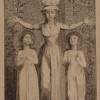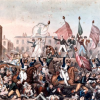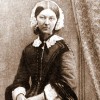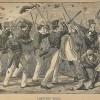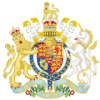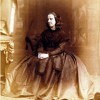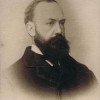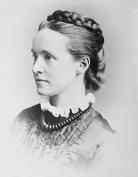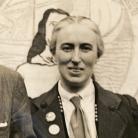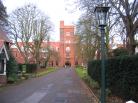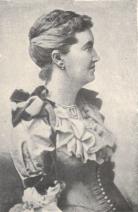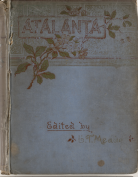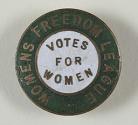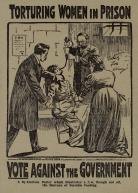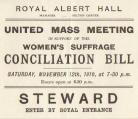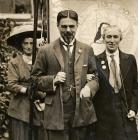Vindication of the Rights of Woman
1 Jan 1792
 In January 1792, Mary Wollstonecraft published A Vindication of the Rights of Woman, which laid out the tenets of what today we call ‘equality’ or ‘liberal’ feminist theory. She further promoted a new model of the nation grounded on a family politics produced by egalitarian marriages. Image: A Vindication of the Rights of Woman title page from the first American edition, 1792 (Library of Congress). This image is in the public domain in the United States because its copyright has expired.
In January 1792, Mary Wollstonecraft published A Vindication of the Rights of Woman, which laid out the tenets of what today we call ‘equality’ or ‘liberal’ feminist theory. She further promoted a new model of the nation grounded on a family politics produced by egalitarian marriages. Image: A Vindication of the Rights of Woman title page from the first American edition, 1792 (Library of Congress). This image is in the public domain in the United States because its copyright has expired.
Articles
Anne K. Mellor, "On the Publication of A Vindication of the Rights of Woman"

